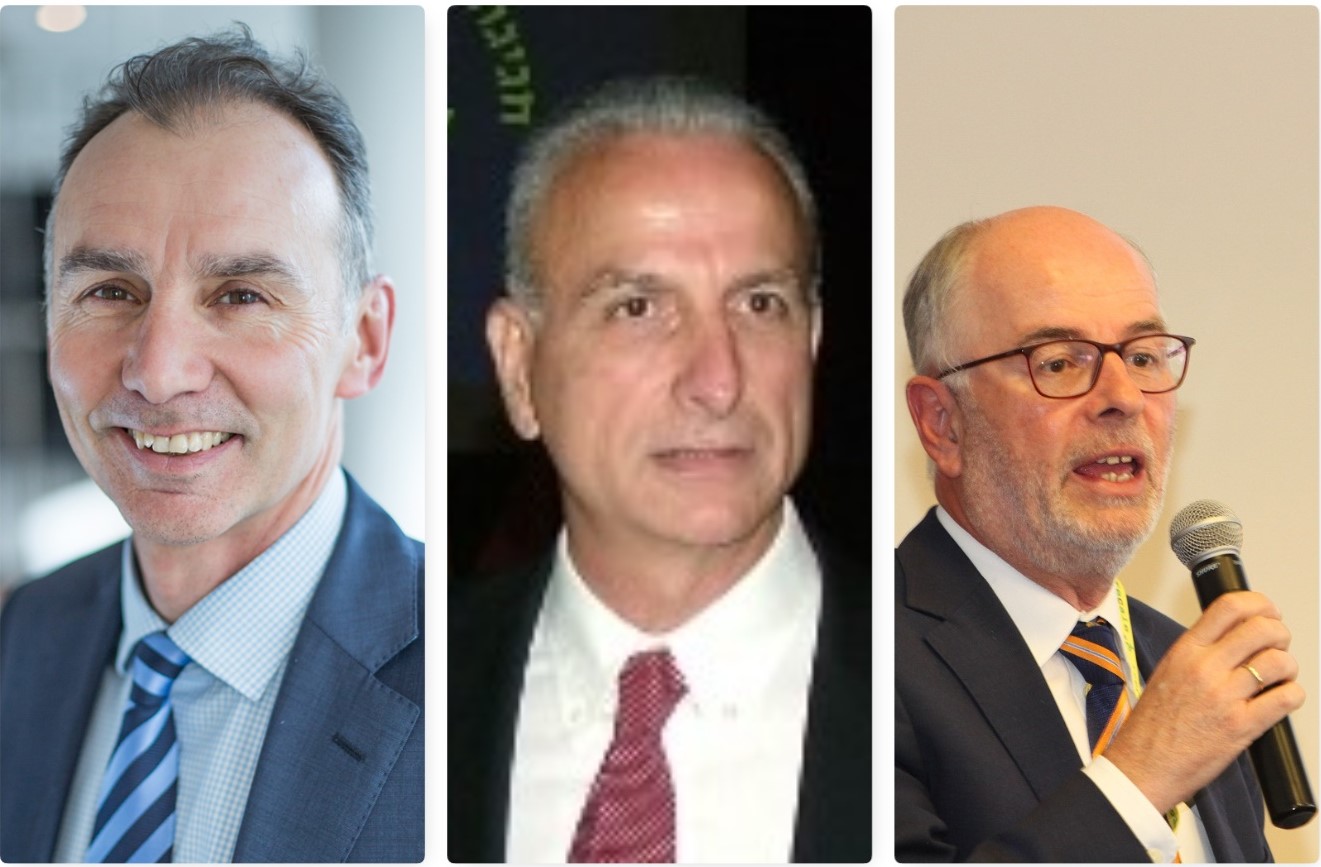
Saving lives and saving money – how Active Cities are a win-win
Saving lives and saving money – how Active Cities are a win-win
 Sedentary lifestyles have slowly developed into one of the most urgent challenges for the globalized world. By way of technological progress, it seems that we have pushed movement out of our lives. But the time for waving the white flag has not come yet. We believe that there is an opportunity to reverse this trend: cities in Europe have a vital role to play in promoting active and healthy lifestyles for their citizens.
Sedentary lifestyles have slowly developed into one of the most urgent challenges for the globalized world. By way of technological progress, it seems that we have pushed movement out of our lives. But the time for waving the white flag has not come yet. We believe that there is an opportunity to reverse this trend: cities in Europe have a vital role to play in promoting active and healthy lifestyles for their citizens.
An alarming situation
Physical activity levels continue to drop. The latest EU data confirm the sedentary turn that European countries have taken. The World Health Organization reveals that the number of obese adolescents is continuing to rise in many countries across Europe.
Despite efforts to tackle childhood obesity, 19% of adolescents in Europe are overweight or obese.
Physical activity also declines with age: only 16% of 15-year-olds meet recommended levels of moderate/vigorous physical activity[1].
Physical inactivity has reached epidemic proportions and is growing at an alarming rate. It poses a major threat to the health, happiness and prosperity of individuals, communities, and nations.
Very little attention is paid to anything outside of physical health. This is likely why the burden of helping people to be active seems to be placed on those responsible for public health. The PASS project[2] is a resource that compiles a holistic set of the benefits of physical activity and aims to recognize physical activity’s contribution to personal, intellectual, social and financial development.
Physical inactivity is bankrupting economies at European level at a rate of 80 billion euros per year, and it is most felt acutely by Europe’s cities – often through negative impacts on the health of people, economies and the environment. This is bad news for cities and their citizens. Our purpose is to provide a blueprint for creating active cities, whatever their size and wherever in Europe they may be.
An opportunity to reverse this trend
Cities are increasingly becoming the dominant form of environment in Europe, and represent the heart of many communities. In light of the evident growth of urbanisation across Europe, it is worth considering the impact of policies at the cities / municipality level. Recent studies report significantly higher physical activity levels among residents where the built environment is supportive of physical activity.
Cities can offer numerous opportunities to be physically active, and some have turned their built environment into a space that encourages health and activity for all. Active cities are walkable and cyclable. They are safe and well-lit, with good public transport and appropriate management of obstacles and barriers.
A pact for Active Cities
Our mission is to shape more active cities. With nearly 72% of the world’s population set to live in urban areas by 2050, the level and quality of life for this population will determine our global future. Cities, more than national governments, have the capacity to tackle global challenges, among which sedentarity is a major priority. With the advent of social media and the growth of the global middle class, urban citizens have a great responsibility to initiate projects, choose their living environment, work and invest and demand a better quality of life.
Central to the blossoming of cities and the quality of life they offer will be how easy citizens can move and be active. In the twentieth century, planning for the city was about planning for the car.
We need to design physical activity back into our everyday lives by incentivizing and facilitating walking, running and cycling as a regular daily mode of transport. In addition to the range of health benefits, many economic benefits also apply for developers, employers and workers when it comes to activity.
Car-free initiatives, pedestrian and health campaigns, local champions, virtuous cycles, economic incentives, technical innovations that favour healthy lifestyles, playful interactive environment, open street events, public arts – many solutions already exist. Harnessing this potential is paramount.
Our bodies are designed to move. We believe our cities should be too
Wolfgang BAUMANN – TAFISA Secretary General
Laurent THIEULE – Sport and Citizenship Think Tank President
Dr. Uri SCHAEFER – ICSSPE President
[1] www.euro.who.int/en/media-centre/sections/press-releases/2017/new-who-study-on-health-and-well-being-of-europes-youth-reveals-that-obesity-continues-to-rise
[2] The «Physical Activity Serving Society » project is a 3-year EU-funded initiative led by the Sport and Citizenship think tank, which aims at tackling the inactivity crisis at policy level; www.sportetcitoyennete.com/pass
